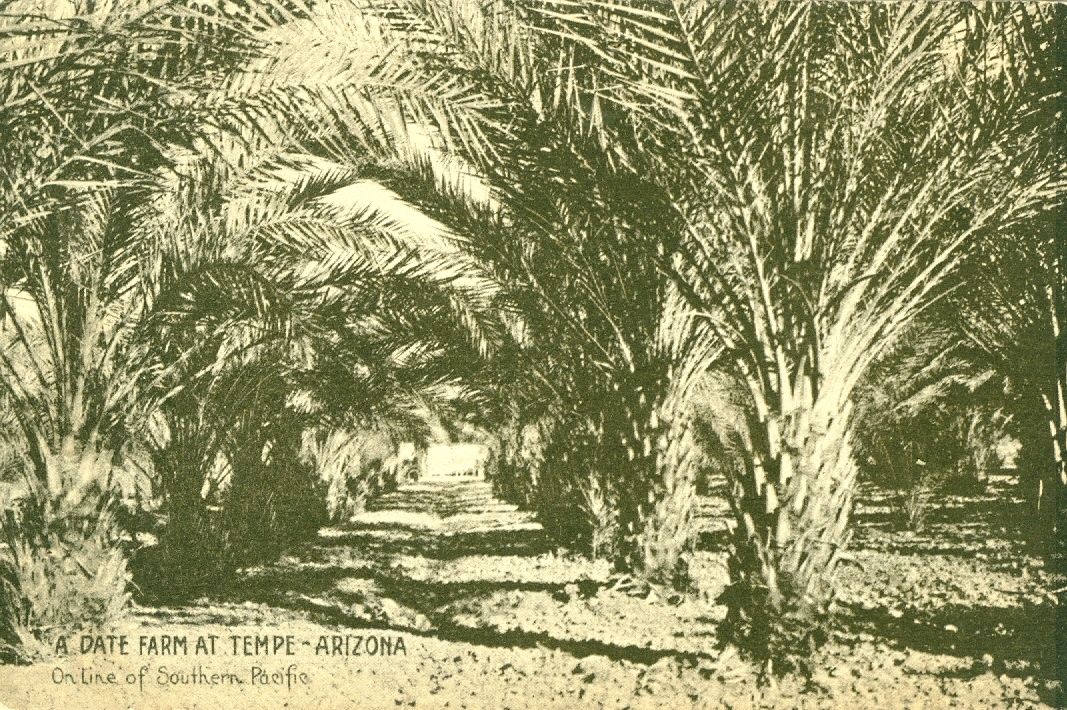
Dates have a rich heritage, holding a revered place in Middle Eastern cuisine and Islamic religious celebrations to this day, due to Prophet Muhammad’s mention of the date in the Muslim’s holy book, the Qu’ran and his preference for dates to break his fasts. Their history stretches back thousands of years, with date remains having been discovered in Neolithic sites around Syria and Egypt 7,000 to 8,000 years ago.
In the early 1900s, date palm shoots were brought to the United States, particularly to arid regions similar to the Middle East such as the deserts of California and Arizona, thanks to the U.S. Department of Agriculture’s “Agriculture Explorers” group. These explorers were sent around the world to collect to new crops for farmers in the U.S. One of these explorers, Walter Swingle, is credited with bringing date palm offshoots to Coachella Valley, now considered to be the date capital America. Date agriculture here covers more than 90 percent of the nation’s date production, bringing $30 million annually to this inland California region. Bard Valley in California, Central and Southern Arizona, including Phoenix, Dateland and Yuma, are also big date producers. Date growers in America produce about 33,000 tons of dates per year, but the majority of date fruit production — 6 million tons — comes from Middle Eastern countries.
With dates playing major roles in the upcoming Ramadan holiday as well as Christmas, growers and harvesters must plan ahead to meet the large and ever growing demand to ship bulk amounts of dates to areas of the country that do not have local growers. However, in addition to holidays, dates have become popular as a staple “super food” as of late, appealing to health conscious eaters who want to avoid processed sugars, thus turning to dates to satisfy their sweet tooth in a natural way.
